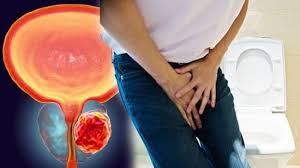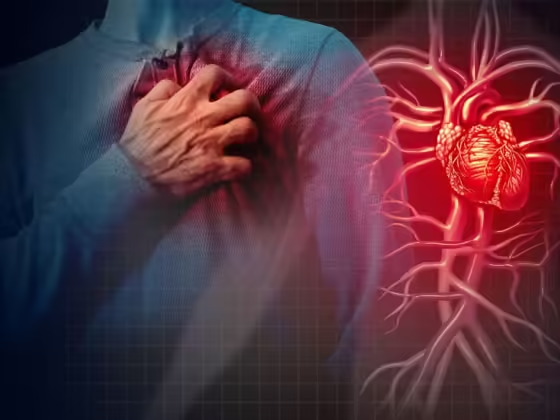By – Dr Varun Bansal, MBBS, DNB (CTVS), FACS (Toronto), HMA (IIM-K) Consultant CTVS, Minimally Invasive and Robotic Cardiac Surgery, Indraprastha Apollo Hospitals
As per literature and recent news, number of people suffering from heart attack has been increasing over the years. Studies have also suggested that our genetics, changing lifestyle and smoking habits, in addition to diseases like diabetes mellitus and hypertension play a contributing role in development of atherosclerotic heart disease (plaque build-up in coronary arteries supplying blood to heart muscles).
In patients with atherosclerosis in coronary (heart) arteries, sudden rupture of the plaque or sudden occlusion of the vessel due to a blood clot might lead to abrupt disruption of blood supply to the heart muscle leading to heart attack, which when massive can also lead to sudden cardiac arrest.
 As per ‘The American Heart Association Diet and Lifestyle Recommendations’, one must start by knowing how many calories one should be eating and drinking to maintain body weight. One should aim for at least 150 minutes of moderate physical activity or 75 minutes of vigorous physical activity (or an equal combination of both) each week. Ideally, the activity should be spread throughout the week.
As per ‘The American Heart Association Diet and Lifestyle Recommendations’, one must start by knowing how many calories one should be eating and drinking to maintain body weight. One should aim for at least 150 minutes of moderate physical activity or 75 minutes of vigorous physical activity (or an equal combination of both) each week. Ideally, the activity should be spread throughout the week.
Seek medical guidance early to prevent any complications
In addition to changes in lifestyle, decreasing body weight to optimum, regular exercise in the form of brisk walk, jogging, cycling or swimming, it is also important to detect any heart disease early for timely diagnosis and treatment. One must identify the change or decrease in exercise or work capacity and seek medical guidance early to prevent any complications.
Heart attacks can easily be diagnosed by simple tests like ECG and a few blood tests. Even before the heart attack, coronary artery disease can be detected by CT coronary angiogram which usually is done on an out-patient basis and doesn’t need admission to the hospital.
Even when diagnosed, treatment has become safer over the years due to technological and medical advancements. By a technique called OCT (optical coherence tomography) coronary stenting can be performed safely even in difficult and diseased areas of the coronary artery.
Lifestyle Changes and Early Detection Can Help Reduce the Risk | ALSO READ
Even in cases when surgery is required, heart surgeries including coronary artery bypass grafting (CABG) and others, can be done using robotic technology making the procedure safer, more precise, and less painful with quick recovery and return to active life. A recent study demonstrated that in some patients, there was absolutely no need of ICU stay after CABG surgery when robotic technology was used for the surgery.
Prevention of complications of heart attack includes primary prevention (before it happens) and secondary prevention (prevention of complications and recurrence of heart attack). As does primary prevention, secondary prevention also has a major role and consists of awareness about early detection, treatment options available and getting the treatment within safe interval to avoid complications.











